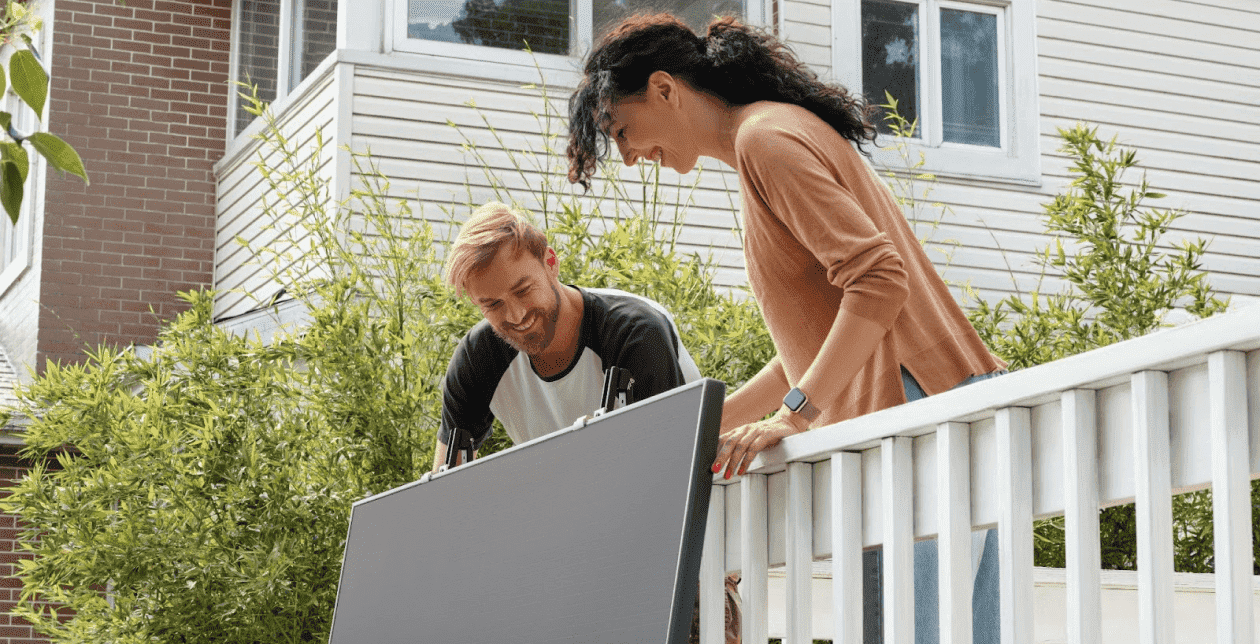
Kits plug-in: a tendência para entusiastas de DIY.
As solar energy becomes more popular, homeowners are finding new ways to incorporate renewable energy into their lives. One of the most accessible options is the installation of plugin solar kits, a DIY solution that allows you to harness the power of the sun without professional help. In this blog, we’ll discuss how plugin solar kits are transforming the landscape of solar panels installation and making it easier than ever to generate your own clean energy.
What are plugin solar kits?
Unlike traditional solar panels installation, which typically requires professional installers and complex setup, plugin solar kits are user-friendly and can be installed by almost anyone. These kits typically include solar panels, micro inverters, mounting hardware, and cables. Our Robinsun plugin solar kits include all you need for a solar installation. We help you choose the best kit that suits your home, whether it is on a balcony, a pergola, a wall or a roof.

These kits are designed for simplicity:
- Solar panels: Efficient panels that capture sunlight and convert it into electricity.
- Micro inverters: Devices that convert the direct current (DC) electricity generated by the solar panels into alternating current (AC) electricity, which is used in homes.
- Mounting hardware: Tools and brackets to securely attach the panels to various surfaces like rooftops, balconies, walls, etc.
The benefits of plugin solar kits for solar panels installation
The growing popularity of plugin solar kits can be attributed to several key benefits that make them an attractive alternative to traditional solar panels installation:
- Affordable solar panels installation: One of the main advantages of plugin solar kits is their cost-effectiveness. Since you don’t need to hire professional installers, the overall cost of solar panels installation is significantly reduced. This makes solar energy more accessible to homeowners on a budget.
- Easy DIY installation: Plugin solar kits are designed to be easy to install, even for those with little to no experience in solar panels installation. With clear instructions and all necessary components included, you can set up your system in just a few hours. This eliminates the need for scheduling and waiting for professional installers, allowing you to start generating solar power almost immediately.
- Flexibility in installation: Unlike traditional solar panels installation, which usually requires a large, unobstructed rooftop, plugin solar kits offer greater flexibility in where they can be installed. You can place them on a balcony or a wall. This flexibility makes them ideal for renters or homeowners with limited roof space.
- Scalability: Plugin solar kits are modular, meaning you can start with a small system and expand it over time as your energy needs grow. This scalability is a key advantage, allowing you to gradually increase your solar power generation without the need for a major upfront investment. However, remember that the max output of plugin solar kits is 800 W. So if you produce much more than you consume in the day time, you can get a certification with us in Spain and get compensation for feed-in power or get some batteries to store the surplus.
- Energy independence: By installing a plugin solar kit, you can reduce your reliance on the grid and take a significant step towards energy independence. These kits allow you to generate your own electricity, which can lower your utility bills and protect you from rising energy costs.
How to perform a DIY solar panels installation with plugin solar kits
Installing a plugin solar kit is straightforward, but it’s important to follow the steps carefully to ensure optimal performance:
- Choose the right location: Start by selecting the best location for your solar panels installation. The area should receive maximum sunlight throughout the day, with minimal shading from trees, buildings, or other obstacles. South-facing surfaces are typically the most effective for capturing sunlight.
- Mount the solar panels: Use the provided mounting hardware to secure the solar panels in your chosen location. This could be on your roof, balcony, or a wall. Ensure the panels are angled correctly to maximize sunlight exposure, which is crucial for generating the most electricity.
- Connect the micro inverter: Once the panels are securely mounted, connect them to the micro inverter. The micro inverter is essential as it converts the DC electricity generated by the panels into AC electricity that can be used in your home.
- Plug into your electrical system: The final step in your solar panels installation is to plug the system into your home’s electrical grid using the cable. Once connected, your solar kit will begin supplying electricity to your home, and you can start enjoying the benefits of solar power.
- Monitor your system: After installation, it’s important to monitor your system’s performance. Many plugin solar kits come with monitoring tools that allow you to track your energy production and consumption. This can help you optimize your system’s performance and make adjustments as needed. With our Robinsun plugin solar kits, you can access your solar production through the Tsun app.
Considerations before installing plugin solar kits
While plugin solar kits make solar panels installation easier and more accessible, there are a few important considerations to keep in mind:
- Energy output: Plugin solar kits are generally smaller in scale and may not produce enough energy to cover all of your electricity needs. They are best used as a supplement to grid power, rather than a complete replacement. If you wish to live offgrid, you can consider the latest battery system to produce and store more power during daytime.
- Grid dependence: Most plugin solar kits are designed to work in conjunction with the grid. If the grid goes down, your solar panels may also stop producing electricity. To achieve full energy independence, consider adding a battery storage system.
- Expansion potential: If you plan to expand your solar panels installation in the future, ensure that the plugin solar kit you choose is compatible with additional panels or batteries.
The future of solar panels installation with plugin solar kits
As technology advances, we can expect plugin solar kits to become even more efficient and user-friendly. Innovations in solar panel design, battery storage, and smart home integration will likely make DIY solar panels installation an even more attractive option for homeowners.
The growing popularity of plugin solar kits also signals a shift towards more decentralized energy systems, where individuals can generate and manage their own electricity. This not only reduces the strain on the grid but also empowers homeowners to take control of their energy usage and costs.
Conclusion
Plugin solar kits are revolutionizing the way we think about solar panels installation, offering a simple, cost-effective, and flexible solution for homeowners looking to harness solar energy. Whether you’re looking to reduce your electricity bills, lower your carbon footprint, or achieve greater energy independence, plugin solar kits provide an accessible entry point into the world of solar power.
By opting for a DIY solar panels installation, you can take an active role in the renewable energy movement and start enjoying the benefits of solar power in your home. With the ease and affordability of plugin solar kits, there’s never been a better time to make the switch to solar energy.
Feel free to contact us through email, WhatsApp, or call us directly if you have any questions.

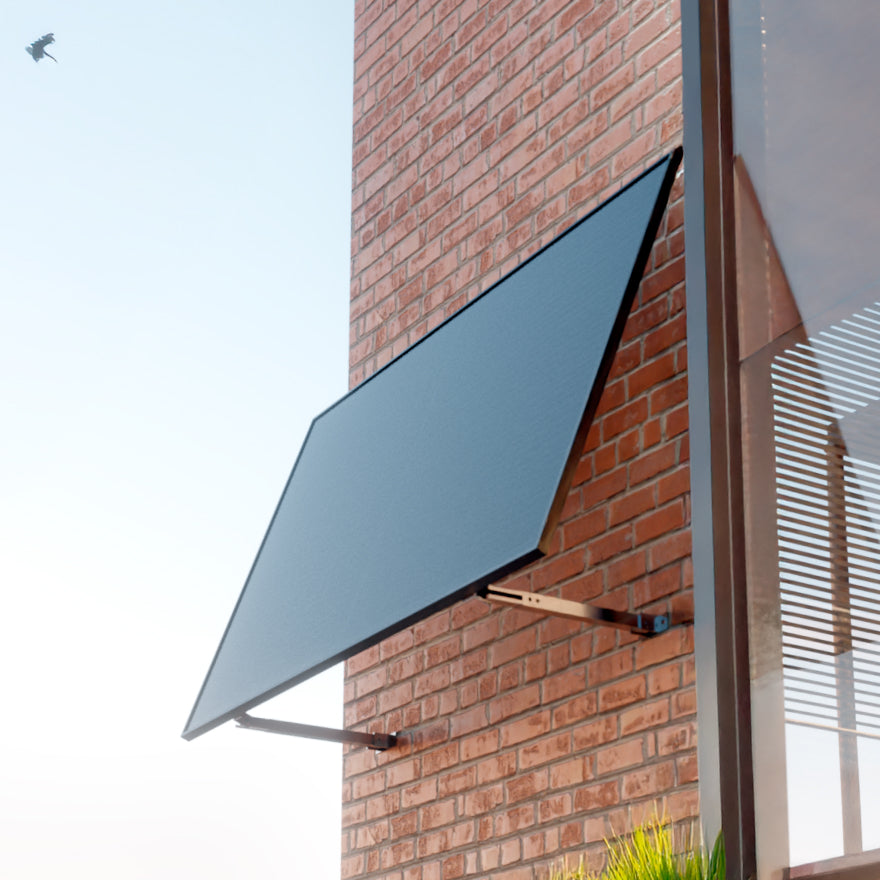
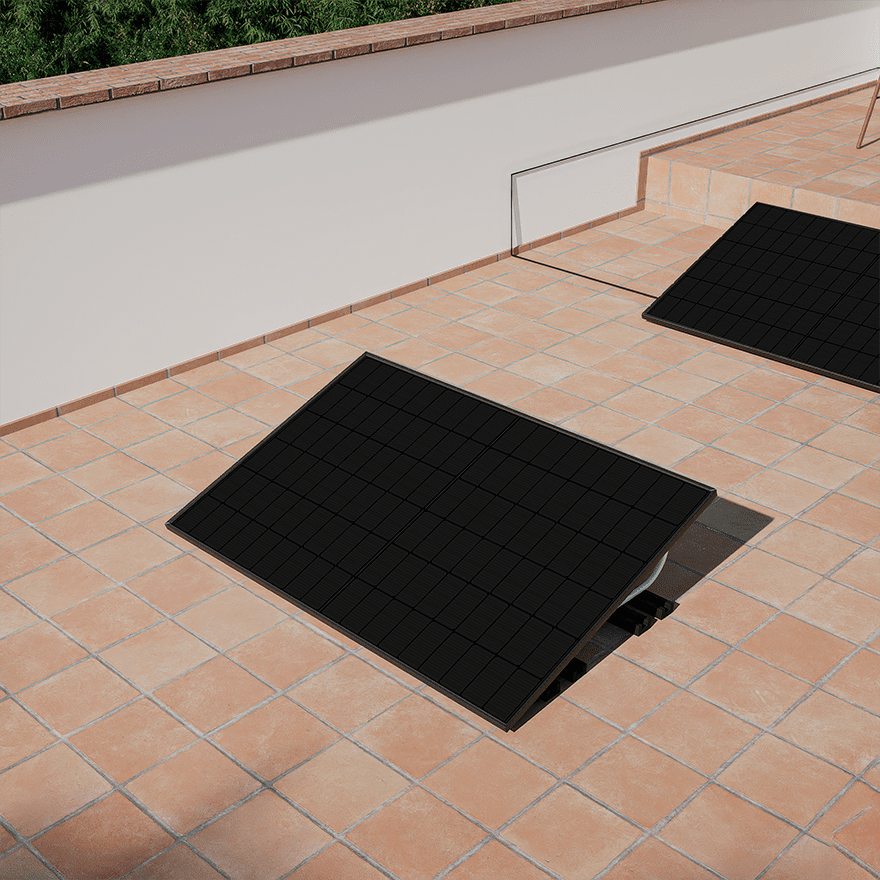
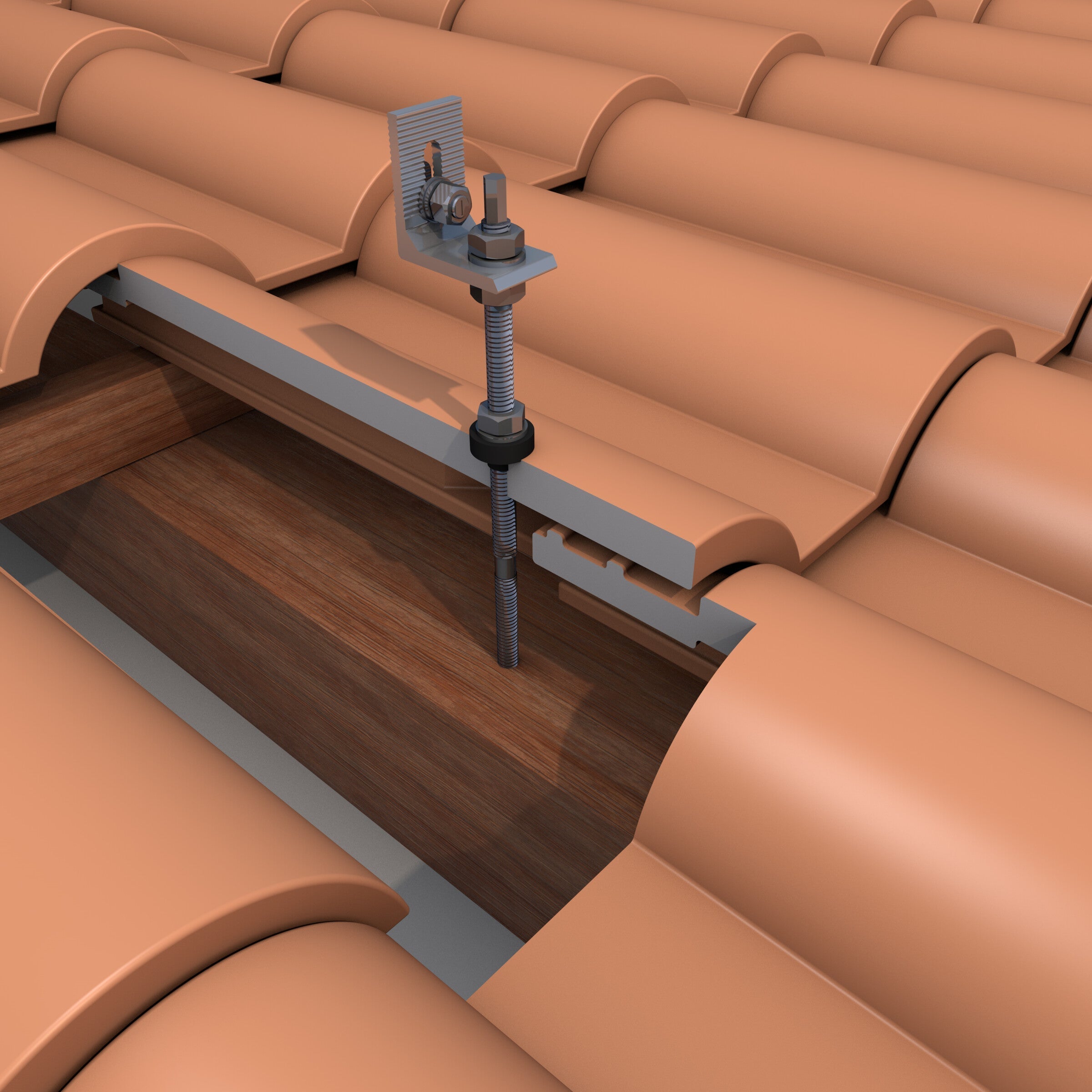
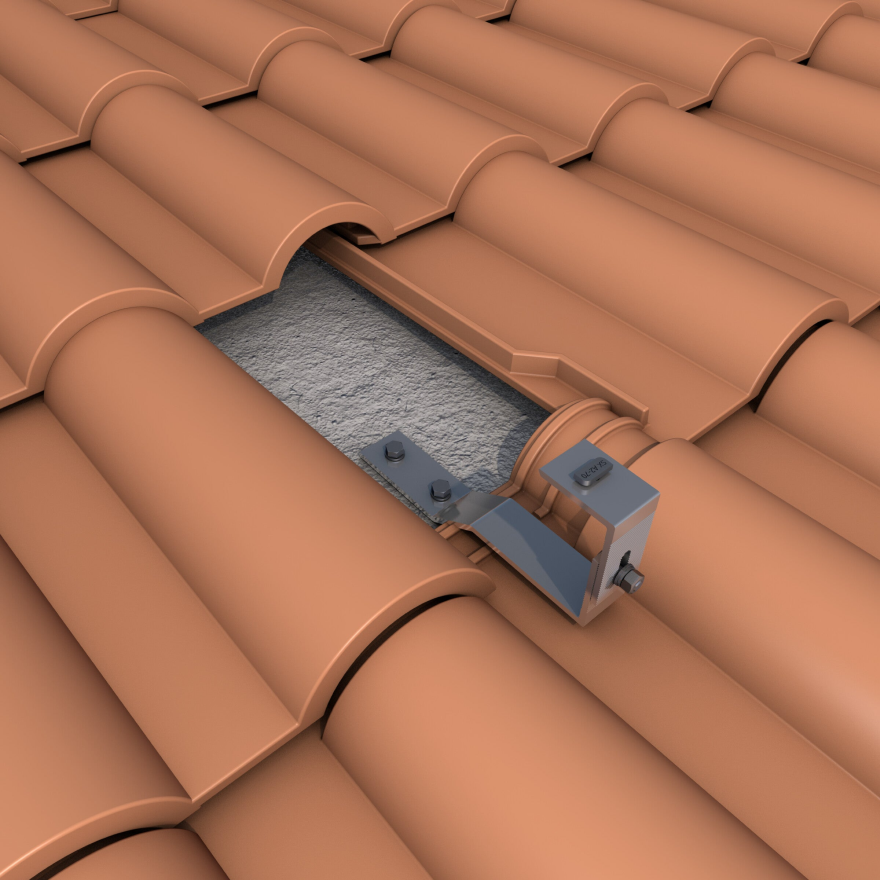
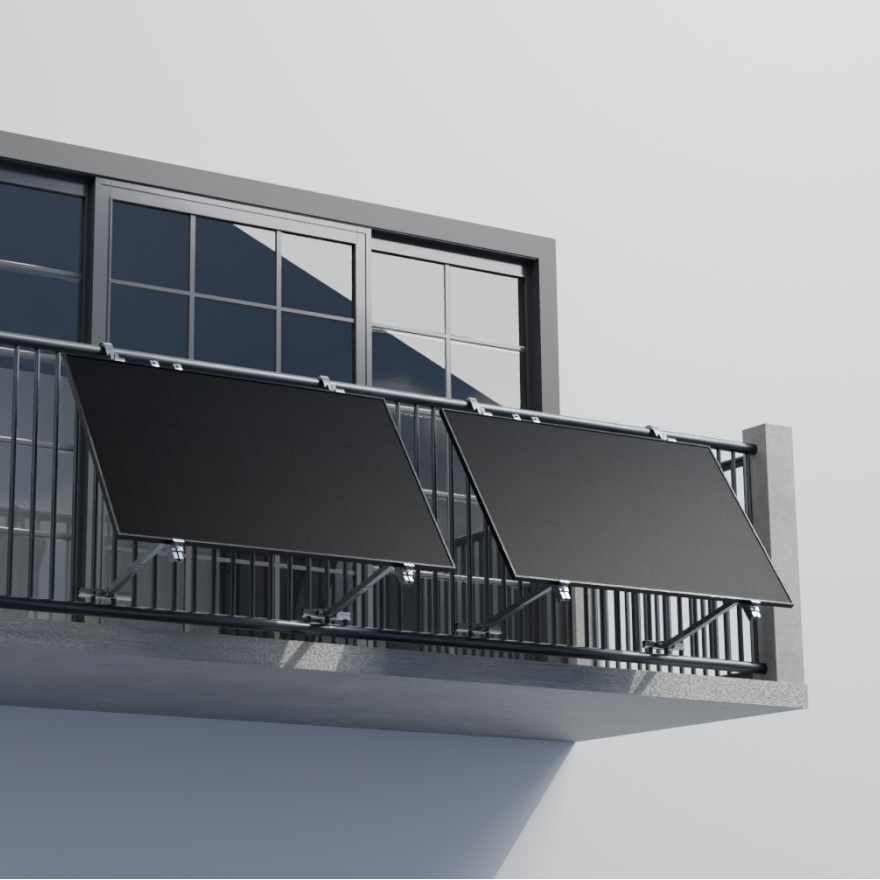
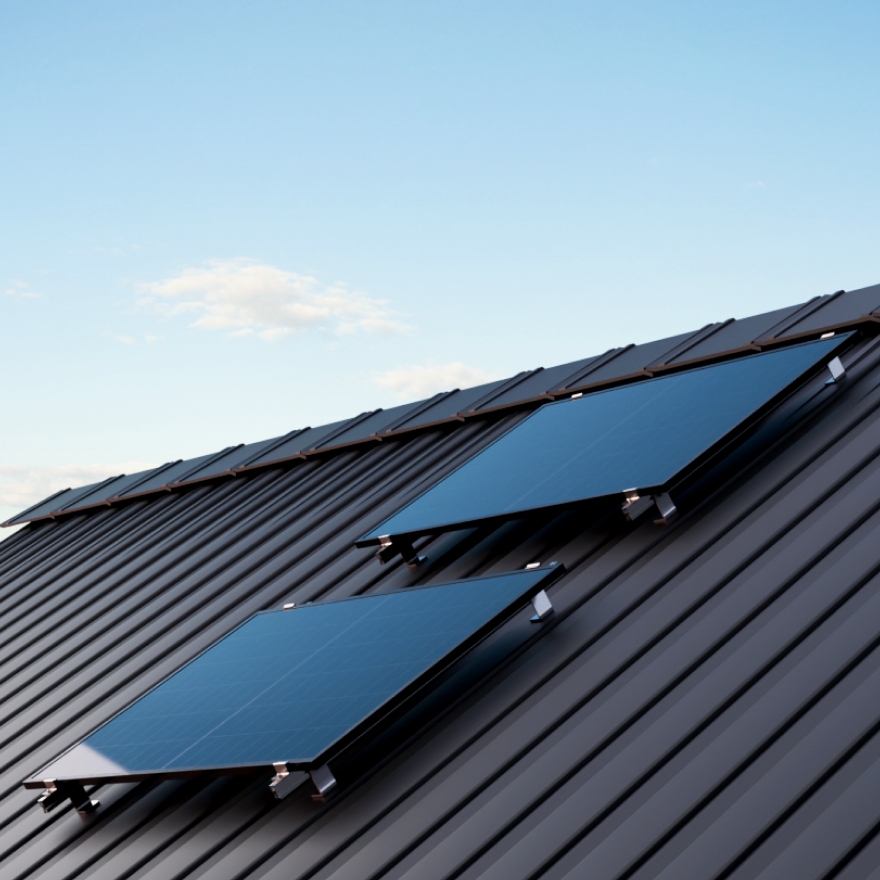
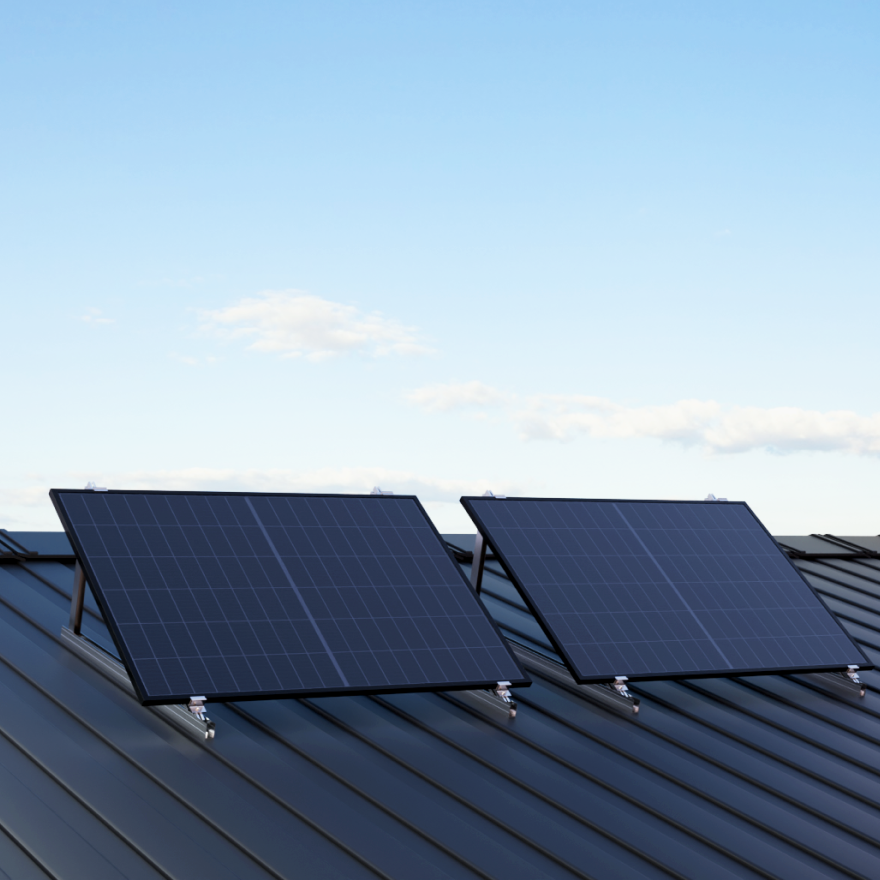
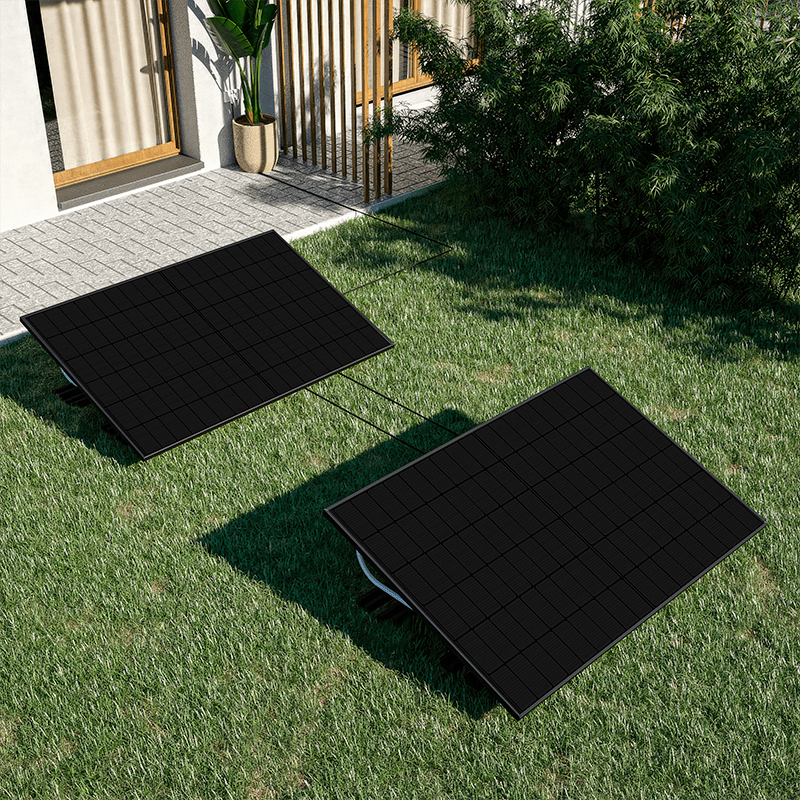
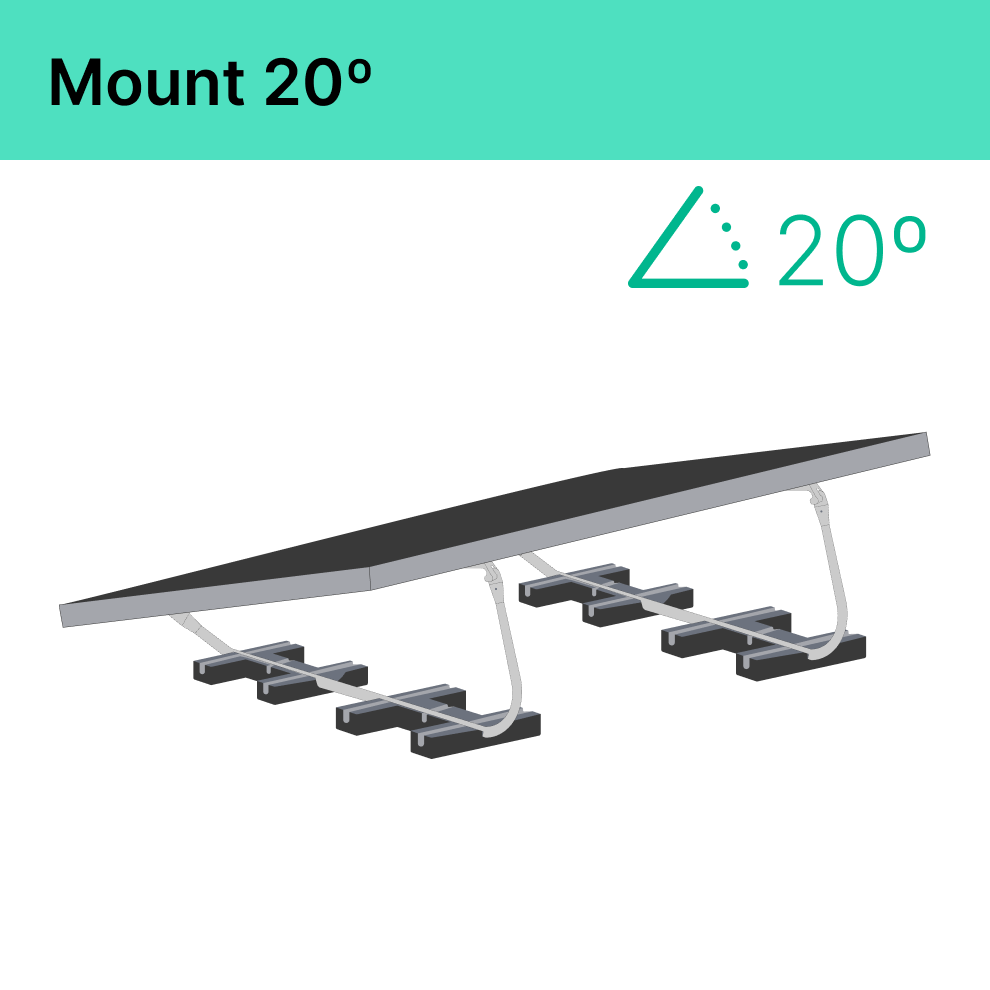
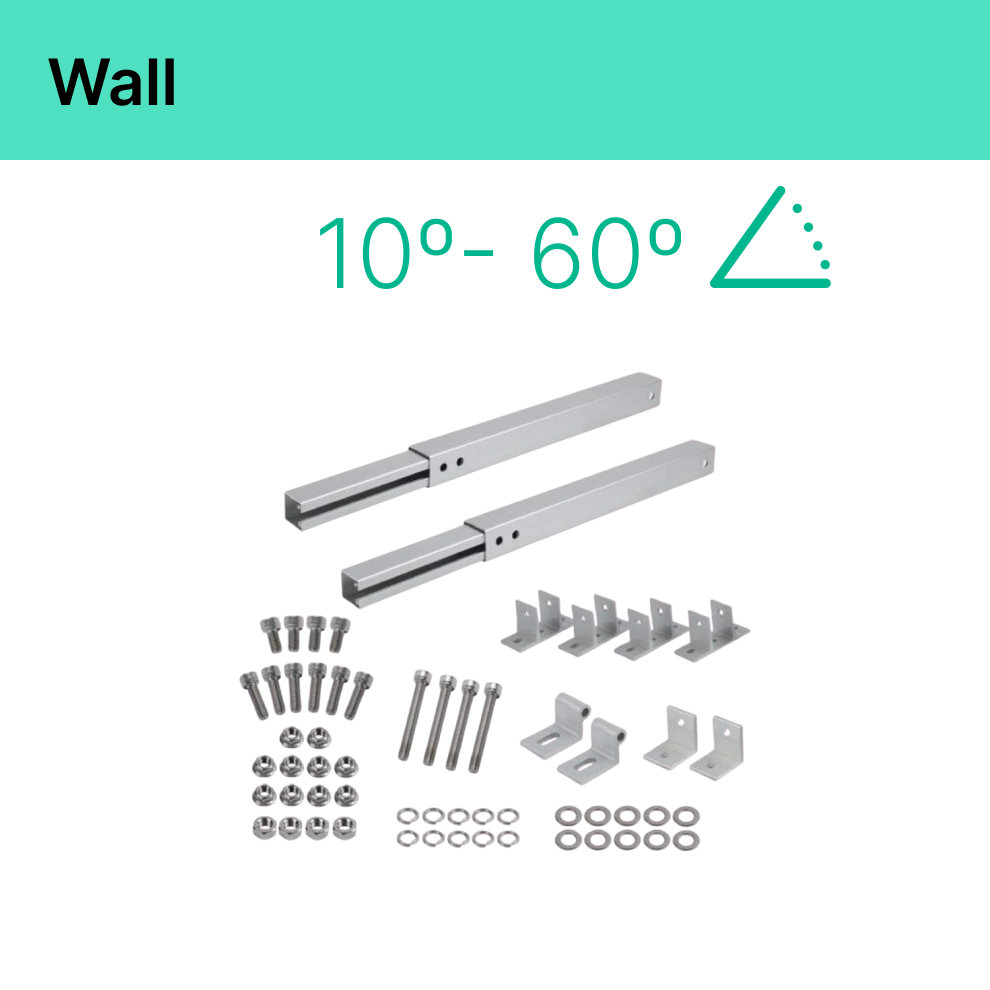
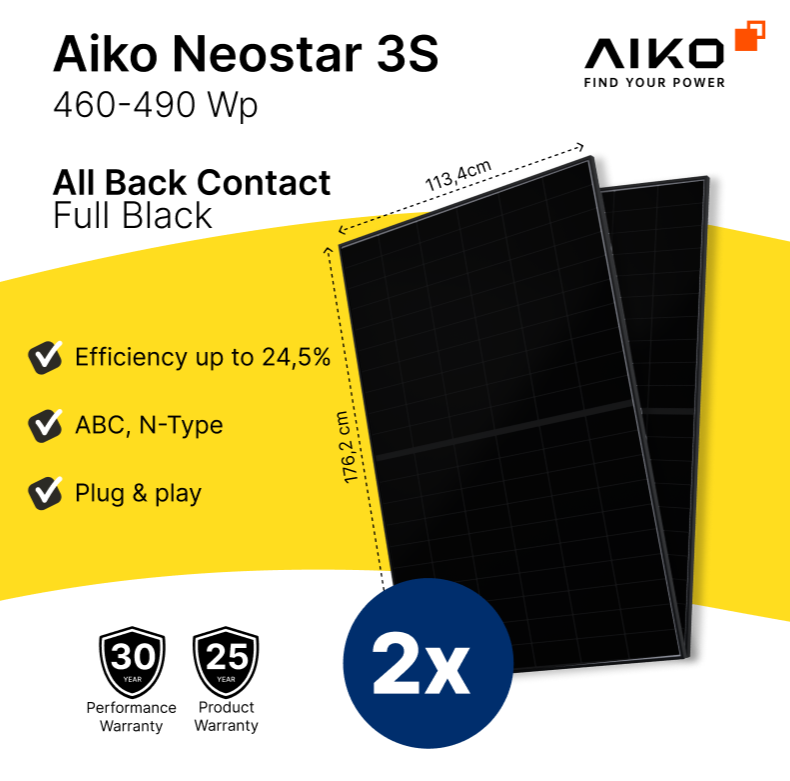
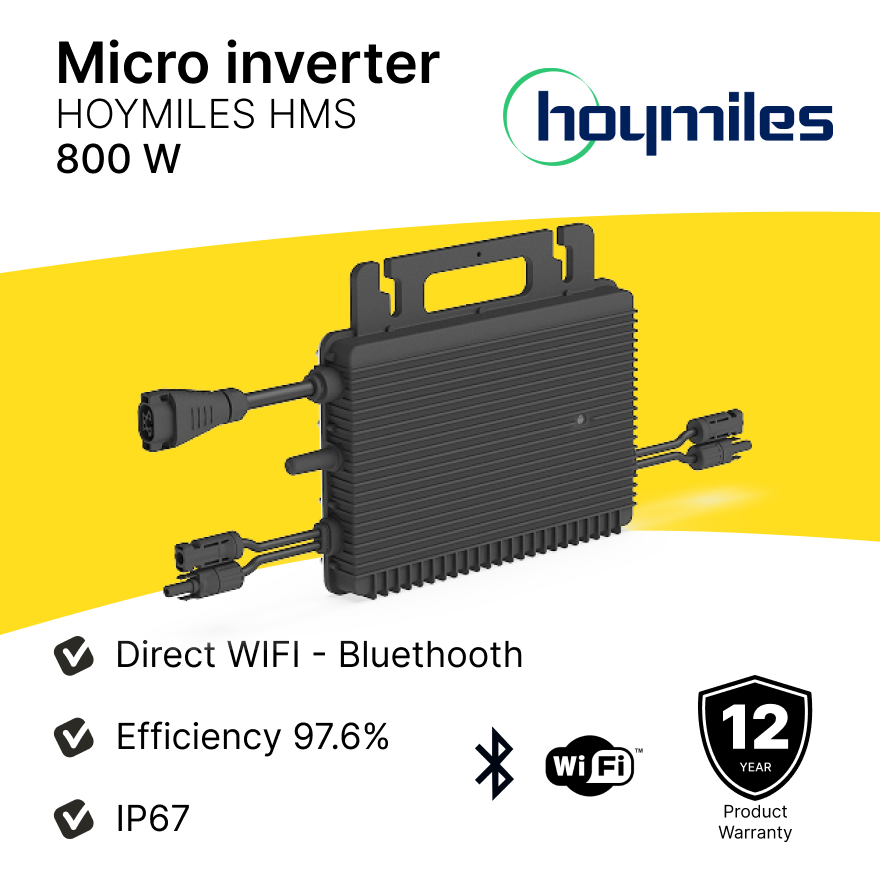
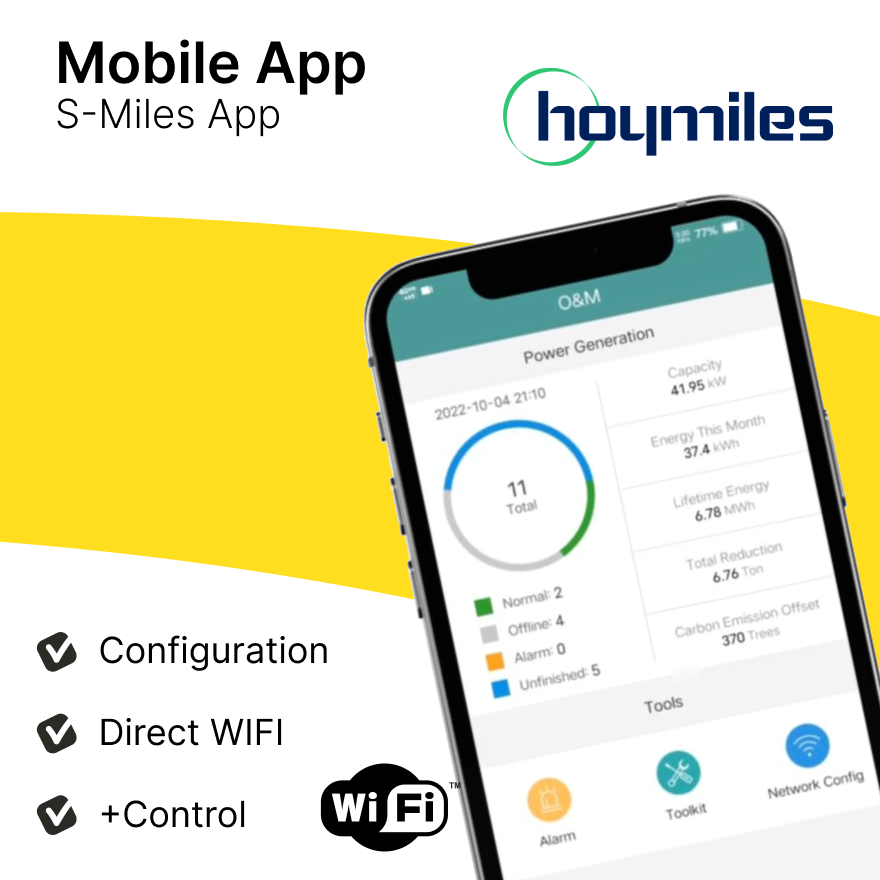
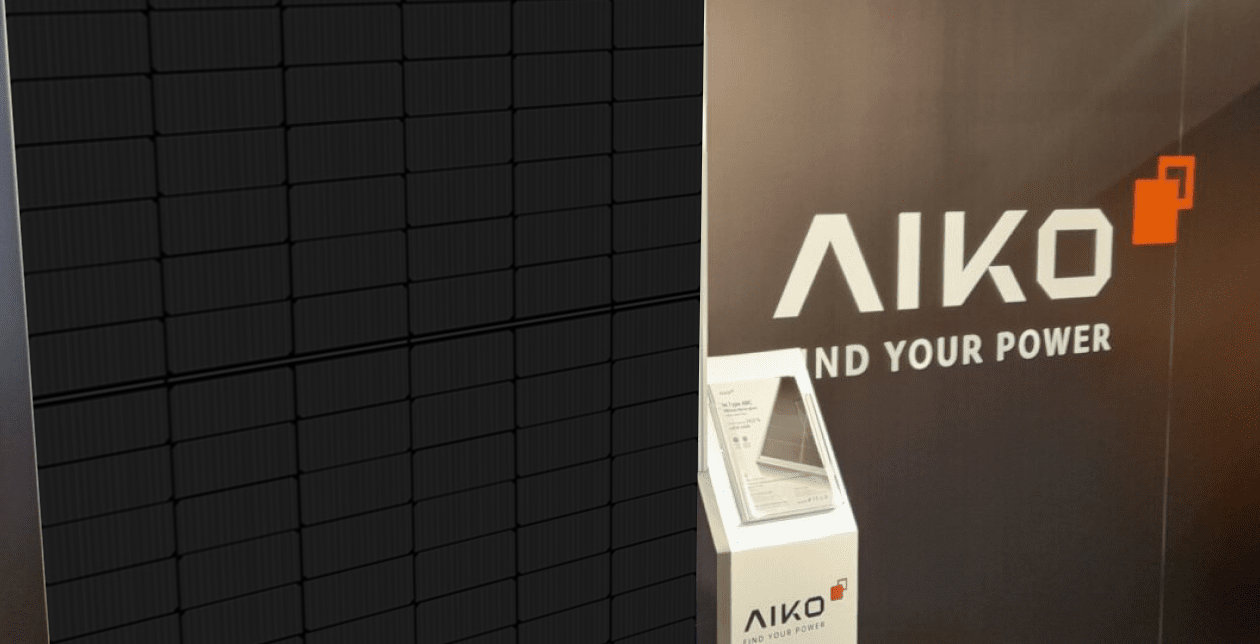
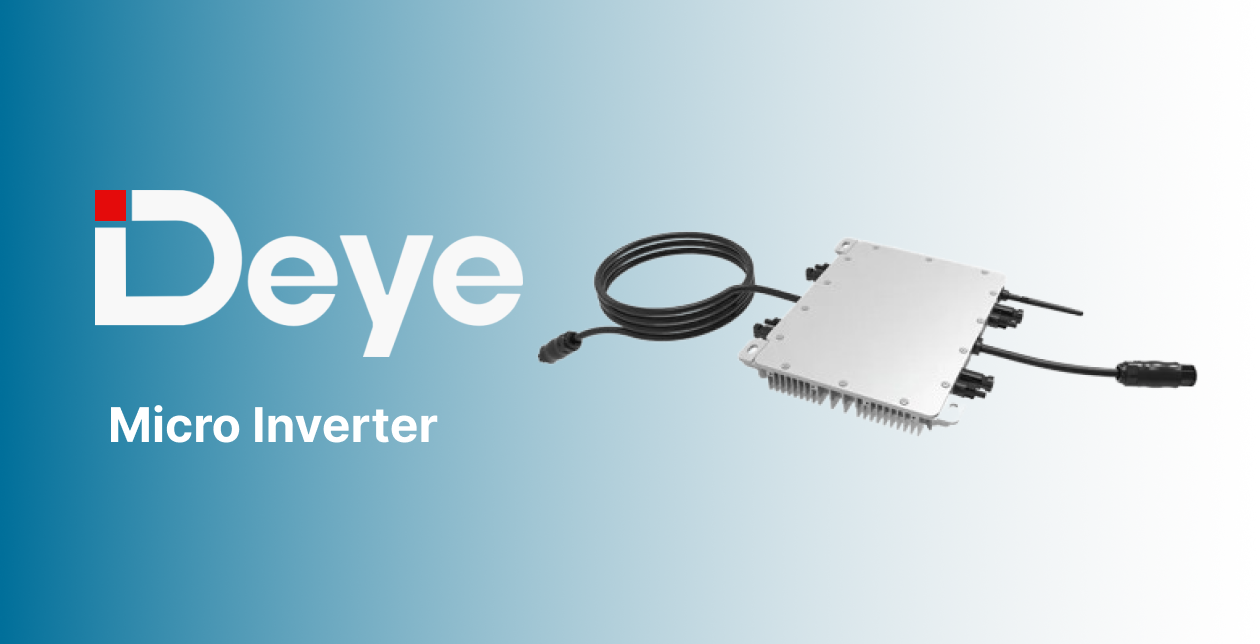
Hinterlasse einen Kommentar
Diese Website ist durch hCaptcha geschützt und es gelten die allgemeinen Geschäftsbedingungen und Datenschutzbestimmungen von hCaptcha.